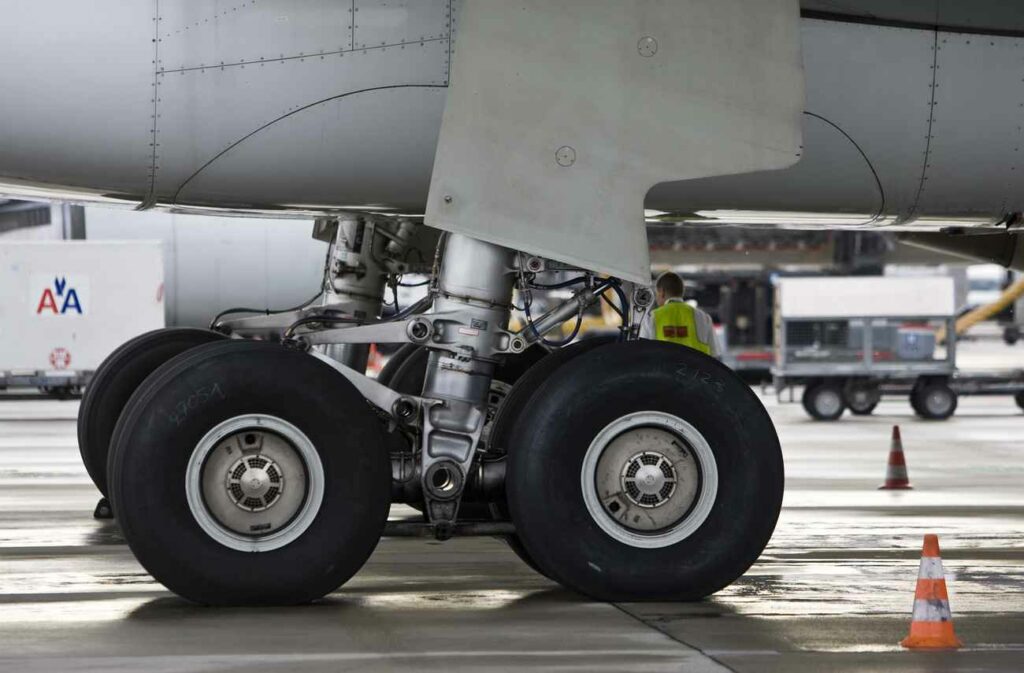Tue, Feb 13th 2024
Empa highlights tire wear as the main microplastics source in Switzerland, suggesting smoother driving and technological interventions for reduction.

According to a recent Empa study, tire abrasion is the principal contributor to microplastic pollution in Switzerland. The Swiss Federal Laboratories for Materials Science and Technology emphasized the need for mitigative strategies to curb this environmental concern.
Empa’s findings, disclosed on Tuesday, pinpoint aggressive driving behaviors like rapid acceleration and abrupt braking as significant culprits in the release of microplastics. The study advocates smoother driving practices to minimize tire wear and microplastic dispersion.
To facilitate such driving patterns, particularly on congested freeways, Empa suggests the implementation of speed harmonization and hazard alert systems. These measures aim to regulate traffic flow and reduce erratic driving that exacerbates tire wear.
Beyond driving habits, the report identifies several technical avenues to lessen tire abrasion, including reducing vehicle weight, maintaining optimal tire pressure, and ensuring proper axle alignment. While freeway infrastructure accommodates drainage systems to capture some runoff, urban areas face challenges due to spatial constraints, highlighting the need for adaptable solutions in different settings.
A significant advancement in addressing tire abrasion, as per Empa, lies in developing a standardized methodology for its quantification. Such a framework would enable consistent data comparison and facilitate the establishment of regulatory limits, which are expected to materialize within five years.
This comprehensive study was conducted in response to a 2019 postulate by National Councillor Ursula Schneider-Schüttel (SP/FR), who called for an evaluation of methods to reduce tire wear. Empa’s report reveals that each Swiss resident contributes approximately 1.4 kilograms of tire abrasion annually, with only a fraction being intercepted by road runoff treatment facilities. The remainder infiltrates various ecosystems, accumulating in water bodies, soils, and roadways.
Empa’s insights into Swiss microplastic pollution from tire abrasion underscore the multifaceted approach needed to tackle this environmental issue, blending behavioral changes with infrastructural and technological advancements.
©Keystone/SDA
